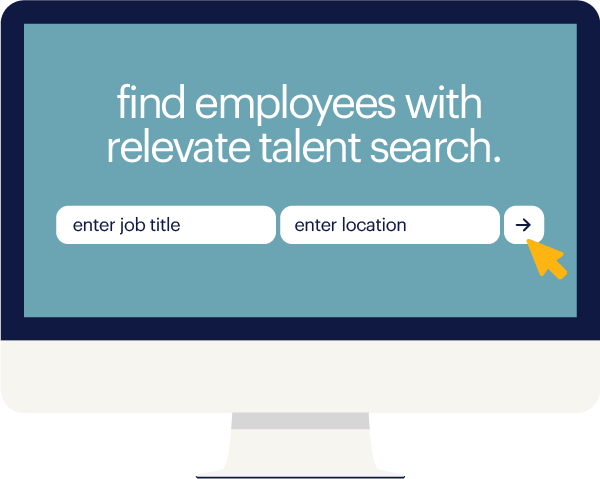When morale is low among your workers, you can usually see it. But it poses a much greater risk to your business than just an increase in droopy eyes, slouched backs and disheveled workspaces — it's a real threat to your bottom line. And if left unaddressed for long, it can spiral into other, more serious issues that can wind up costing your business valuable time and money. Here's why you should monitor morale more closely, and the steps you can take to raise it.
what causes low morale?
Spirits can dip among workers for many reasons. From unclear strategic direction to a lack of appreciation from management to assigning too many rote tasks to overqualified employees, there's a lot to keep track of in the workplace to make sure morale stays in check.
If you’re worried about low morale on your workforce, here are some of the warning signs to look out for and address:
| signs of low morale |
|
- increase in absences or late arrivals
|
|
- uptick in customer complaints
|
- uptick in employee conflicts
|
- lack of staff participation in meetings
|
- visible lack of enthusiasm
|
- increased rate of error on assignments
|
the high costs of low morale
Low morale can hurt your business in a number of different ways as it leads you down the funnel from decreased engagement to the eventual end point: low retention. Once morale wavers, employee engagement is next in line to take a hit, and when engagement suffers, the last line of defense protecting your bottom line will have withered away.

With engagement low, you can expect to see retention sink to the same level. As more and more employees burn out and leave, you'll be left with an increasingly large number of vacancies to fill — and finding, hiring and onboarding talent is expensive.

The average cost of turnover was found to be 21 percent of an employee's annual salary. Multiply that by all the vacancies on your hands — plus added time to find talent as your employer brand will have likely taken a hit — and the costs can add up quickly.
how to raise low morale
If you’re starting to spot the warning signs of low morale, follow these steps to right the ship.
Before you can start taking corrective measures, you need to get a good idea of the major issues plaguing your workforce.
-
Call a meeting with managers to get their perspectives on potential issues they may be seeing. Look for commonalities between their reports.
-
Conduct an anonymous employee survey to get honest, first-hand feedback from your team about areas they feel need to be addressed.
-
After the survey, create a channel where employees can provide regular feedback all year round to prevent issues from escalating again.
| 2. offer opportunities for growth |
|
While individual issues will vary between workplaces, there are a couple universal areas that you can address to improve morale to increase motivation and stop toxic negativity from spreading.
-
Provide upskilling opportunities in areas of specialization currently threatened by automation.
-
Offer training and development programs to show your employees that you care about their success.
-
Provide a clear roadmap of advancement and pathway to growth in your organization so employees can visualize the way forward.
| 3. provide competitive pay and benefits |
|
If you have the budget flexibility to do so, increasing salaries and revamping your benefits packages are some of the best ways to improve morale.
partner with a staffing firm
Sometimes a problem with morale is hard to fix on your own, or maybe you just don’t have the time or resources to dedicate to an issue that requires full-time attention to correct. If that’s the case, partnering with a staffing firm can help.
-
Staffing firms can help you prevent poor-fit hires. Problems with morale can often be avoided by hiring people that truly fit your workplace from day one.
-
An experienced staffing expert can provide you with up-to-the-minute insights into the latest professional expectations.
-
A staffing partner can design workforce management strategies to help you avoid issues with morale going forward.
start addressing low morale
Low morale can reduce productivity, decrease profitability and increase turnover at your company. If you detect that morale is dipping on your workforce, address it at once to avoid incurring the higher costs of a larger engagement or retention issue down the line. If low morale continues to be a problem, it could be a sign that you need a talent acquisition strategy. Click here to see more of the signs you should be looking out for and get steps to start addressing them.














